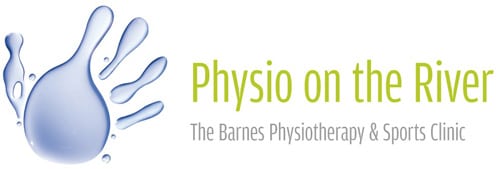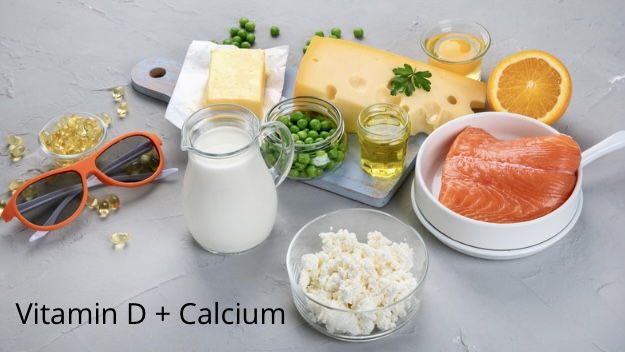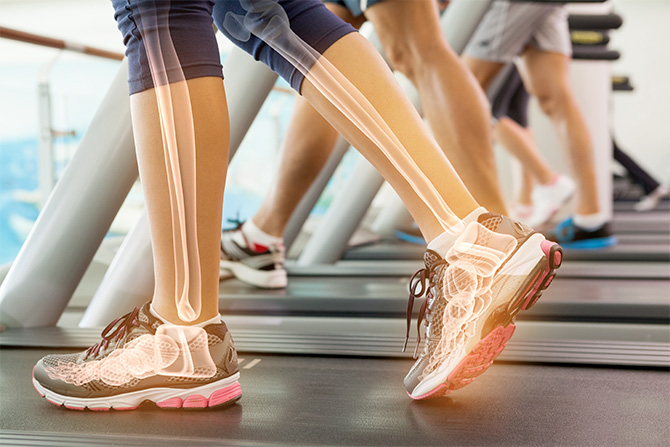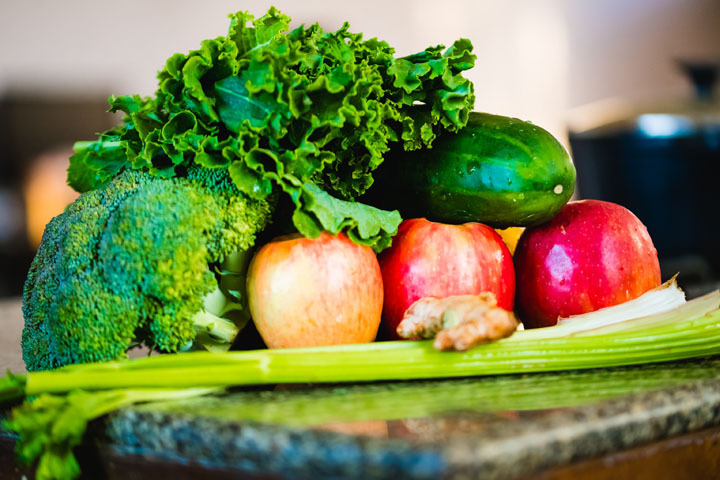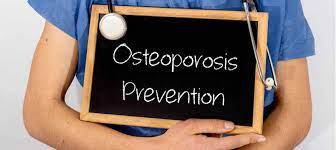It’s never too late to improve your Bone Health
by Sharon Kallos, BSc, ANutr
The link between menopause and osteoporosis was identified in the 1960s and we now know a great deal about its risk factors and treatment1. Age related or primary osteoporosis (i.e. osteoporosis without other known causes) mainly occurs in women 10–15 years after menopause and also in elderly men around 75–80 years old. The prevalence of osteoporosis is estimated to rise from 1/3 in people at age 50–60 to more than 50% of people aged over 80 years. Post menopausal women have a higher prevalence of osteoporosis and related fractures than older men as oestrogen plays a key role in maintaining bone health1.
Risk factors
There are several key factors that may influence whether you are at risk of reduced Bone Health and likely to eventually suffer from osteoporosis or osteopenia. The good news is that it’s never too late to mitigate the effects and reduce the likelihood of injury. Risk factors include:
- Age: Your bone mass decreases the older you get. If you are over 50 and lead a sedentary lifestyle, consider ways to be more active on a daily basis
- Gender: Women are most at risk due to a rapid fall in oestrogen when the menopause hits. (Men can still get osteoporosis but their risk is lower than that of women.)
- Early menopause in younger women: If you had your last period before the age of 45
- Underweight or overweight: For example, female athletes who try to reach a low body weight are at risk of one or more components of the female athlete triad; menstrual dysfunction; restrictive eating (if you are or have been, on a diet – with or without an eating disorder) and decreased bone mineral density
- Dietary risk: If your daily diet is low in Calcium and Vitamin D. A deficiency is often seen in those who avoid dairy products or who spend little time outside in the fresh air or who have their skin covered for most of the time (some sunlight is essential to our health but remember to wear sunscreen)
- Genetics: Is there a family history of osteoporosis? If so, you may have inherited an increased likelihood of suffering from it too
- Eating disorders: Do you have a previous history of restricted eating that resulted in the loss of your periods in the past?
- Smoking or excessive alcohol intake: Have you ever smoked? Or do you regularly consume more than 14 units per week?
- Lack of exercise: A lack of weight bearing exercise can be directly related to lower bone density and reduced muscle mass
Dietary intervention
But it’s not only women that need to make sure they are getting enough calcium in their diet. Men also need to ensure they get enough calcium in their diet.
Dairy sources of calcium
Dairy products like milk, cheese, yoghurt, and cottage cheese provide a great source of calcium as well as vitamin B12 and iodine. If you are lactose intolerant or prefer to consume plant based alternatives, you should ensure they are fortified with added calcium and vitamin D (ideally vitamin B12 and iodine too). You can also find fortified breakfast cereals. If you are vegan, tofu is a good source of calcium. The body’s ability to absorb calcium varies therefore it is best to spread your calcium intake throughout the day. A word of caution, some calcium supplements can give you tummy issues such as constipation. They may also interfere with prescribed medication such as antibiotics, bisphosphonates and medication for high blood pressure. Check with the pharmacist before taking supplements if you are on any of the aforementioned prescribed medication.
Non-dairy source of calcium
- Fish with edible bones like tinned sardines and pilchards are a great source of calcium with as much as 400mg in one small can of sardines (100g). Beans such as cannellini, edamame contain around 50 mg of calcium per 100g. They are also a great source of protein and fibre
- Oranges contain a surprisingly high level of calcium at around 70 mg per orange. In addition, Vitamin C enhances the absorption of calcium
- Dried figs are another source of calcium as well as significant amounts of antioxidants and fibre. Approximately five figs will give you 135mg of calcium although it’s worth bearing in mind that they do contain a lot of sugar
- Leafy green vegetables like kale and broccoli are not only high in fibre but also calcium. How about roasted kale chips as a healthy snack or adding a side of kale to your evening meal
- Almonds are also a great calcium-rich snack at 80mg of calcium per 30g serving
Vitamin D and Vitamin K
In addition to calcium, Vitamin D and Vitamin K play a vital role in strong bones. Vitamin D helps the body to absorb calcium whilst Vitamin K activates several proteins involved in bone formation.
Although some foods contain Vitamin D including egg yolks, oily fish, fortified cereals and plant milk and oily fish, the best source of vitamin D is sun exposure. Vitamin D deficiency is very common. Living in the northern hemisphere it is advisable to take a supplement of 800IU (equivalent to 20 mcg) vitamin D a day between October and March. Vitamin K1 is the main form of Vitamin K in our diet. Good sources of Vitamin K1 are found in green leafy vegetables such as broccoli, kale and spinach as well as in fruits such as avocado, kiwi and grapes. As a fat soluble vitamin, it is more readily absorbed when eaten with fats and preferably a healthy fat such as olive oil. Vitamin K2 is found in fermented foods such as sauerkraut as well as chicken, egg yolks, beef and salmon3. You should be able to get all the vitamin K you need from a balanced diet.
Strength training and weight bearing exercise
Supplements will not work in isolation. One of the best activities for improving your bone health is weight bearing exercise (4). This includes walking, jogging, walking up the stairs, lifting weights – either your own weight or using weights in the gym as well as the more intensive Pilates and yoga classes or boot camp-style classes. These activities help to strengthen muscles, reduce the age-related loss of muscle and strength, and improve balance, co-ordination and agility, all of which can help to reduce the risk of falls and potential fractures.
Try to do three (3) sessions of weights or weight bearing classes a week and walk or jog daily. Even walking up and down the stairs a few times a day can help.
QUICK TIPS
REFERENCES
1. Meng-Xia Ji & Qi Yu 2015 Primary osteoporosis in postmenopausal women Chronic Dis Transl Med doi: 10.1016/j.cdtm.2015.02.006
2. Beto, J.A. 2015 The Role of Calcium in Human Aging Clin Nutr Res 4(1): 1-8
3. Halder, M. et al. 2019 Vitamin K: Double Bonds beyond Coagulation Insights into Differences between Vitamin K1 and K2 in Health and Disease Int J Mol Sci 20(4): 896
4. Benedetti, MG., Furlini, G. Zati, A. & Mauro GL. 2018 The Effectiveness of Physical Exercise on Bone Density in Osteoporotic Patients Biomed Res Int. doi: 10.1155/2018/4840531
************
Sharon Kallos graduated from Roehampton University with a first class honours degree in Nutrition and Health. She is a registered Associate Nutritionist (ANutr) with the Association for Nutrition (AfN).
To find out more or to book a 15-minute FREE consultation with Sharon, please see our Website or call our Reception Team on 020 8876 5690.
